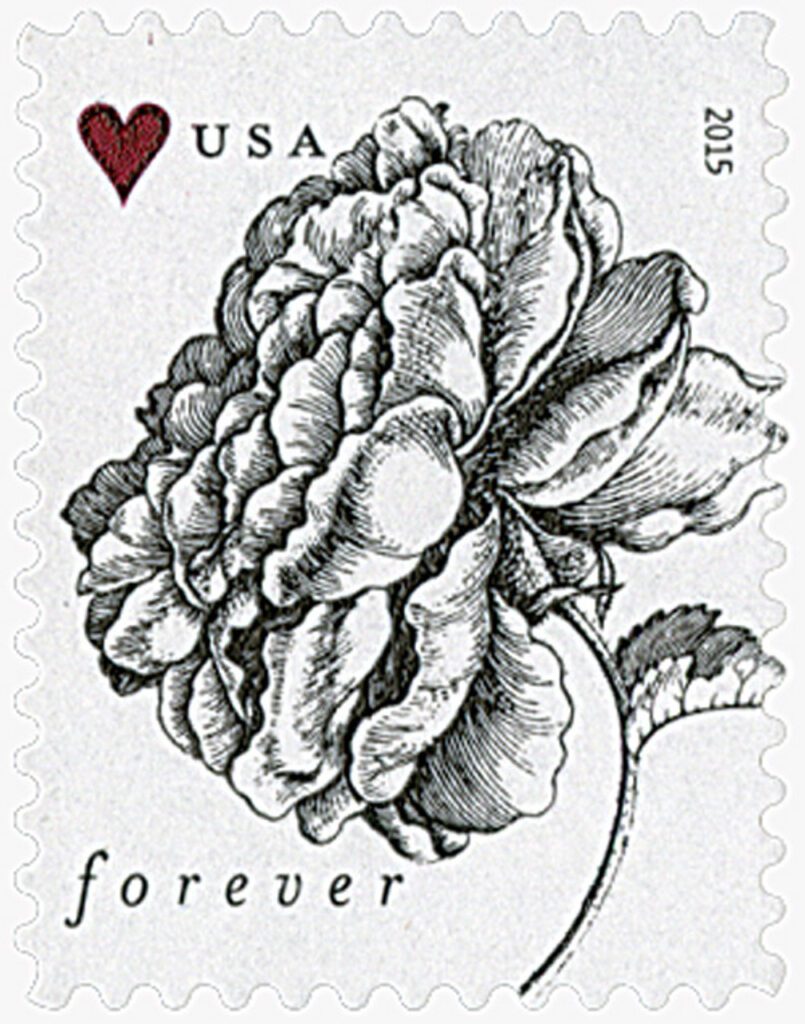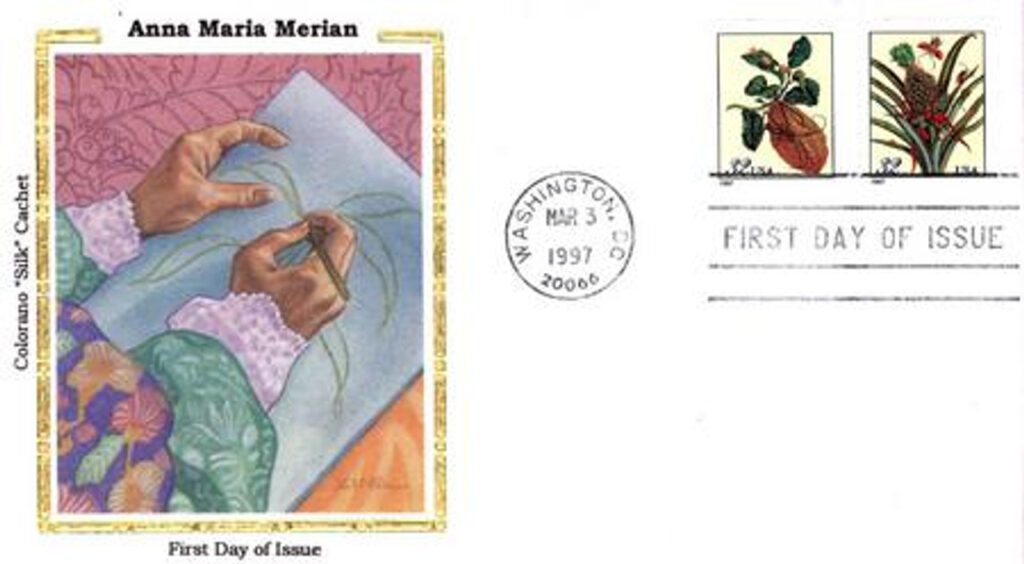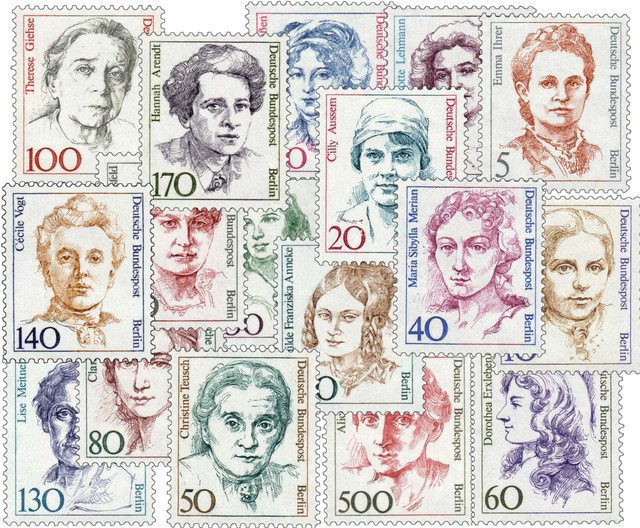
Naturalist and artist Maria Sibylla Merian was born on April 2, 1647, in Frankfurt-am-Main, Germany. Merian spent her life studying insects and plants and capturing them in beautifully detailed paintings and drawings.
Merian’s father was an engraver and publisher, but he died when she was three. Her mother remarried artist Jacob Marrel in 1651 and he encouraged her to paint and draw. When she was 13, Merian did her first painting of plants and insects based on live specimens she collected. She was fascinated by caterpillars and collected all she could find so she could witness how they changed into beautiful butterflies and moths.
Merian married her stepfather’s apprentice, Johann Andreas Graff, in 1665 and they moved to Nuremberg in 1670. She continued to paint and design embroidery. She also gave drawing lessons to the daughters of wealthy families. This helped raise her social standing while also giving her access to some of the area’s finest gardens, where she could continue to collect and study insects.
While other female artists included insects in their paintings of flowers, few others bred or studied them like Merian did. She published her first book on insects in 1679, which focused on their metamorphosis. At the time, little was known about this process. Some people wrote about it, but most people believed they were “born of mud” – having been born spontaneously. Merian’s research refuted this and explored the life cycles of 186 different species of insects.
In the 1680s, Merian moved to Friesland, the Netherlands for a time before settling in Amsterdam in 1691. She and her husband divorced in 1692 and she supported herself and her daughters by selling her flower paintings. After selling 255 of her own paintings, she raised enough money to travel to Suriname, where she planned to spend five years studying new species of insects.
Merian arrived in Suriname in September 1699. She travelled around the country, studying and drawing all the local plants and animals she could find. She also made several observations about the life and culture there. Merian condemned the colonial merchants use of slaves. They also mocked her for her course of study, and she thought it odd that they only wanted to plant and export sugar. Merian enjoyed exploring the agriculture there and illustrated some of the fruits and vegetables she found there, including pineapples.
Merian fell ill in June 1701 and had to cut her trip short. She returned to the Netherlands and opened a shop where she sold specimens and her artwork. In 1705, she published a book about her time in Suriname. Marian suffered a stroke in 1715, but continued to work until her death on January 13, 1717. Her daughter published a collection of her work after her death.
Many years after her death, three butterflies were named after Merian – the split-banded owlet butterfly (Opsiphanes cassina merianae), a subspecies of the common postman butterfly (Heliconius melpomene meriana), and the rare Catasticta sibyllae. There’s also the Cuban sphinx moth (Erinnyis merianae), a bug (Plisthenes merianae), a genus of mantises known as Sibylla, the orchid bee (Eulaema meriana), the spiders Avicularia merianae and Metellina merianae, a tegu lizard (Salvator merianae), a toad (Rhinella merianae), a snail (Coquandiella meriana), the African stonechat bird (Saxicola torquatus sibilla), as well as a genus of flowering plants (Meriania) and the iris-like plant Watsonia meriana.
View some of Merian’s art here.
| FREE printable This Day in History album pages Download a PDF of today’s article. Get a binder or other supplies to create your This Day in History album. |
Discover what else happened on This Day in History.






If she was born in 1647 it is unlikely she was still alive to go to Suriname in 1899. Must have been a VERY slow boat.
I enjoyed reading about this very talented lady. I missed catching the date in question but even if I had it wouldn’t have stopped me from enjoying reading about and seeing her beautiful works of art. Thank you Mystic
Thank you Mr James Medeiros. Suriname formally Dutch West Indies, a former Dutch colony in northern South America was probably not in exist-
ence at the time Maria Sibylla Merian would have moved there, let alone the
time of her birth, as the article mentions. Germany was instrumental in the flora and fauna of Cuba, through the studies and cataloguing of a naturalist, by the name of Von Humboldt.
It was, indeed, in existence when she moved there. It was in existence prior to her birth.